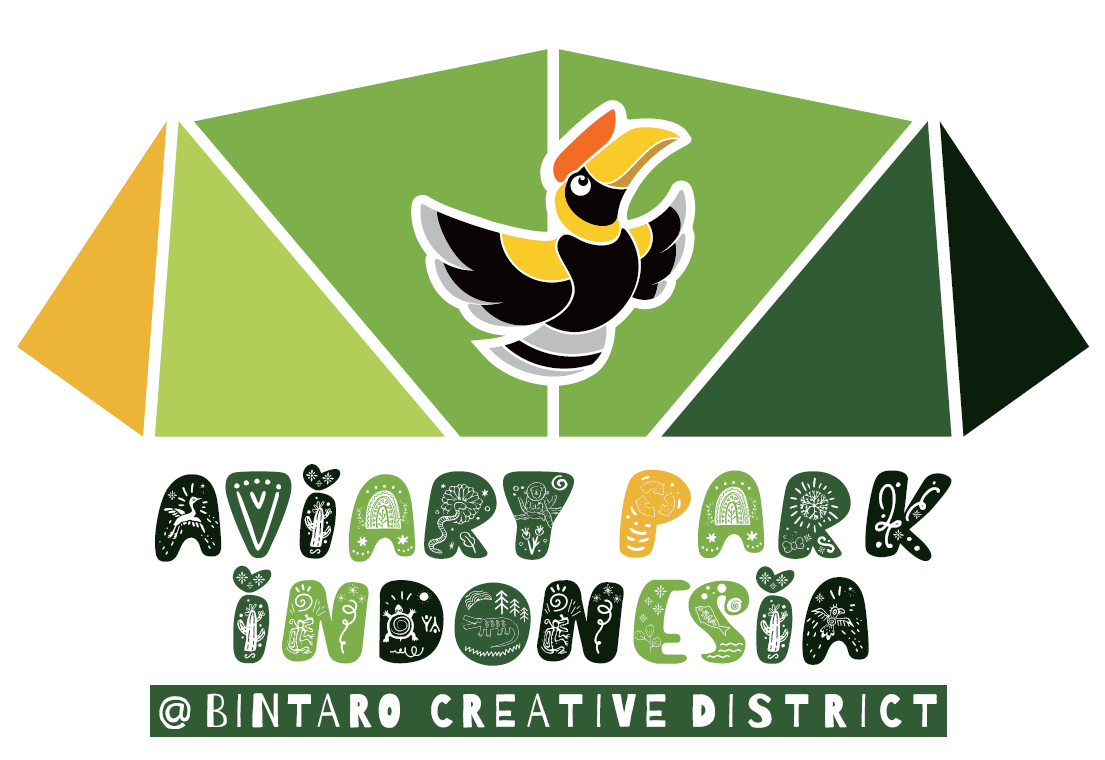Badak Jawa, also known as the Javan rhinoceros, is a critically endangered species native to Indonesia. This majestic animal is one of the rarest rhinoceros species in the world, with only a few individuals left in the wild. In this article, we will explore the fascinating world of the Badak Jawa, its habitat, behavior, and the conservation efforts being made to protect this iconic species.
The Badak Jawa is a unique and elusive creature, known for its distinctive appearance and solitary nature. These rhinoceroses are primarily found in the Ujung Kulon National Park in Java, Indonesia, where they roam the dense forests and grasslands in search of food and water. Despite their large size and powerful horns, Javan rhinoceroses are peaceful herbivores, feeding on a variety of plants and fruits.
One of the most interesting aspects of the Badak Jawa is its solitary lifestyle. Unlike other rhinoceros species, which are more social and gregarious, Javan rhinoceroses prefer to live alone and avoid contact with other individuals. This solitary behavior makes them harder to spot in the wild, adding to their mystique and allure for wildlife enthusiasts.
In terms of conservation, the Badak Jawa faces numerous threats, including habitat loss, poaching, and human-wildlife conflict. The destruction of their natural habitat due to deforestation and agricultural expansion has greatly reduced their population and fragmented their remaining habitats. Poaching for their horns, which are highly prized in traditional medicine, has also contributed to the decline of the species.
To address these threats and protect the Badak Jawa, conservation organizations and government agencies in Indonesia are working together to implement various conservation initiatives. These efforts include habitat restoration, anti-poaching patrols, and community engagement programs to raise awareness about the importance of conserving this iconic species.
Now, let’s address some of the most common questions about the Badak Jawa:
1. Why is the Badak Jawa endangered?
The Badak Jawa is endangered due to habitat loss, poaching, and human-wildlife conflict.
2. How many Javan rhinoceroses are left in the wild?
There are only a few individuals left in the wild, making the Badak Jawa one of the rarest rhinoceros species in the world.
3. What is being done to protect the Badak Jawa?
Conservation efforts include habitat restoration, anti-poaching patrols, and community engagement programs.
4. Where can I see a Javan rhinoceros in the wild?
The best place to see a Javan rhinoceros in the wild is in the Ujung Kulon National Park in Java, Indonesia.
5. What do Javan rhinoceroses eat?
Javan rhinoceroses are herbivores, feeding on a variety of plants and fruits.
6. How big are Javan rhinoceroses?
Javan rhinoceroses are large animals, with males reaching up to 2 meters in height and weighing over 1 ton.
7. Are Javan rhinoceroses aggressive?
Javan rhinoceroses are typically peaceful animals, avoiding contact with other individuals.
8. Why are Javan rhinoceros horns so valuable?
Javan rhinoceros horns are highly prized in traditional medicine for their supposed healing properties.
9. How can I help protect the Badak Jawa?
You can support conservation efforts by donating to organizations working to protect the species and raising awareness about the importance of conservation.
10. What is the future of the Badak Jawa?
The future of the Badak Jawa depends on the success of conservation efforts and the commitment of individuals and organizations to protect this iconic species for future generations.
In conclusion, the Badak Jawa is a truly remarkable animal that holds a special place in the hearts of wildlife enthusiasts and conservationists. By learning more about this iconic species and supporting conservation efforts, we can all play a role in ensuring the survival of the Javan rhinoceros for generations to come.
